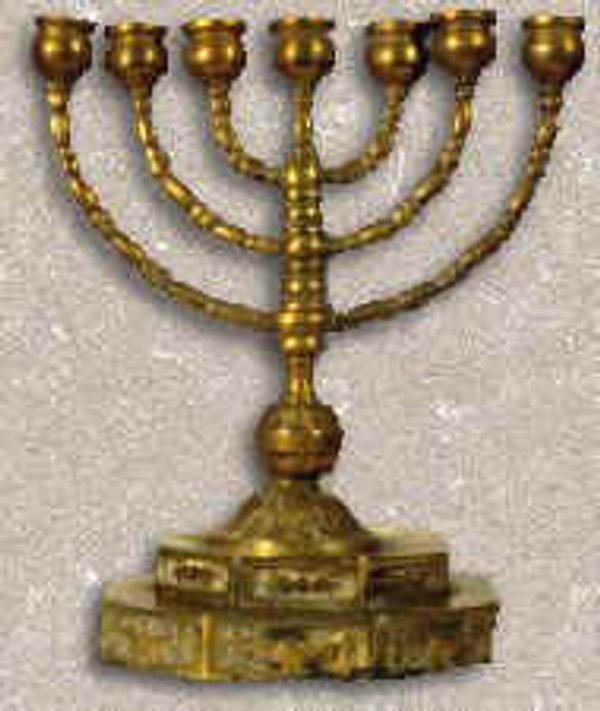● The first references made to Jesus in literary documents other than Christian writings are those by Hellenist and Roman historians who lived during the second half of the first century or the first half of the second, and therefore not long after the events took place.
► The most ancient text in which Jesus is mentioned, albeit implicitly, dates back to about the year 73, and was written by a stoic philosopher from Samosata in Syria called Mara bar Sarapion. He refers to Jesus as the “wise King” of the Jews, and perhaps in reference to the antithesis of the Sermon on the Mount, remarks that it was said he promulgated new laws (Matt 5:21-48). He observes that having put him to death, was of no benefit to the Jews.
► The most ancient and well-known direct reference to Jesus comes from the historian Flavius Josephus (Antiquitates iudaicae XVIII, 63-64) towards the end of the first century. It is also known as the Testimonium Flavianum. This text, surviving in all Greek manuscripts from among Josephus’ work, goes so far as to suggest that Jesus could be the Messiah, causing many writers believe that it was inserted by medieval copyists.
– Today, researchers believe Josephus’ original words to have almost coincided with those retained in an Arab version of this text, quoted by Agapitos – a tenth-century bishop of Hierapolis. He says the following: “At that time, a wise man called Jesus, admirable in his conduct, was renowned for his virtue. Many Jews and other peoples were his disciples. Pilate condemned him to death by crucifixion. But those who had become his disciples did not renounce their discipleship and told of how he appeared to them alive three days after the crucifixion, and that because of this, he could be the Messiah of whom the prophets had said such marvellous things”.
► Some references to the figure of Jesus and to his followers’ deeds are to be found among the work of second-century Roman writers (Pliny the Younger, Epistolarum ad Traianum Imperatorem cum eiusdem Responsis liber X, 96; Tacitus, Anales XV, 44; Suetonius, The life of Claudius, 25.4)
● Jewish sources, particularly the Talmud, also contain allusions to Jesus and to certain things that were said about him, making it possible to substantiate some historical details using sources which are not suspect in terms of Christian manipulation.
► Joseph Klausner, a Jewish researcher, sums up some of the conclusions which can be drawn from the Talmudic theories about Jesus: “There are some reliable theories regarding the fact that his name was Yeshua (Yeshu) of Nazareth; that he practised sorcery (that is to say that he performed miracles, as was common in those days) and seduction and led Israel astray; that he mocked the words of the wise and discussed Scripture in the same way as the Pharisees; that he had five disciples; that he said he had not come to revoke the Law, nor to add anything to it; that he was hung upon a piece of wood (crucified) as a false authority and seducer on the eve of the Passover (which fell on a Saturday); and that his disciples cured disease in his name” (J.Klausner, Jesus of Nazareth, p.44)
– Although, from an historical point of view, Klausner’s résumé and his observations would require clarification, they demonstrate sufficiently that what can be deduced from these sources, if not comprehensive, is certainly significant. Checking this information against that provided by the Roman writers allows us to affirm with historical certainty that Jesus existed, and even to become familiar with the most important facts about his life.
